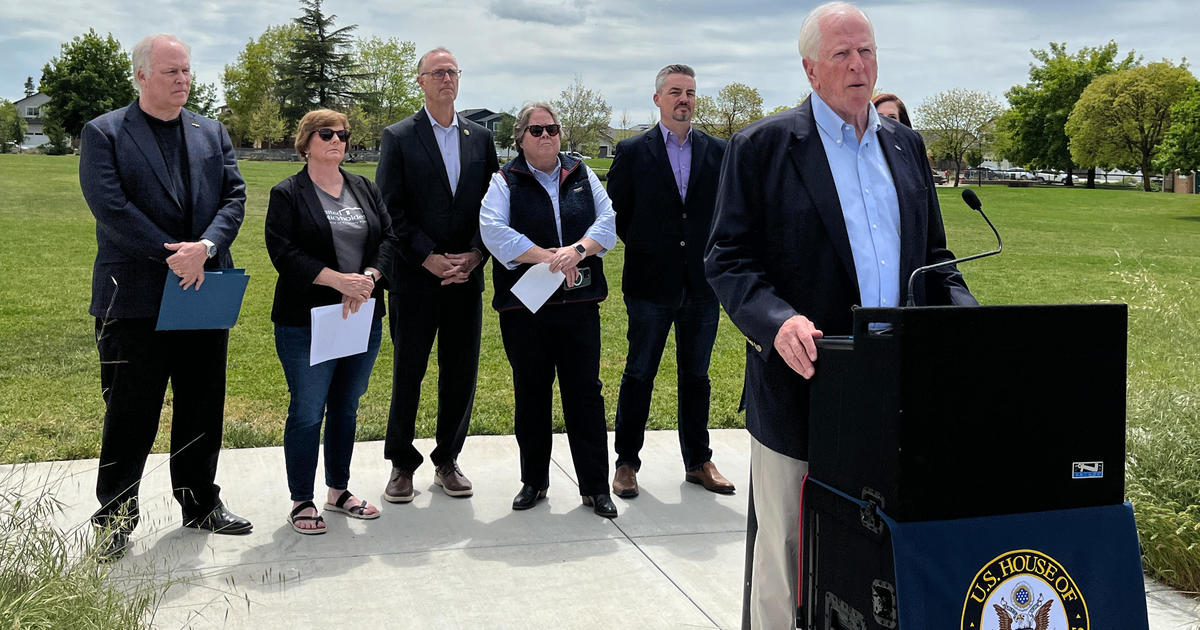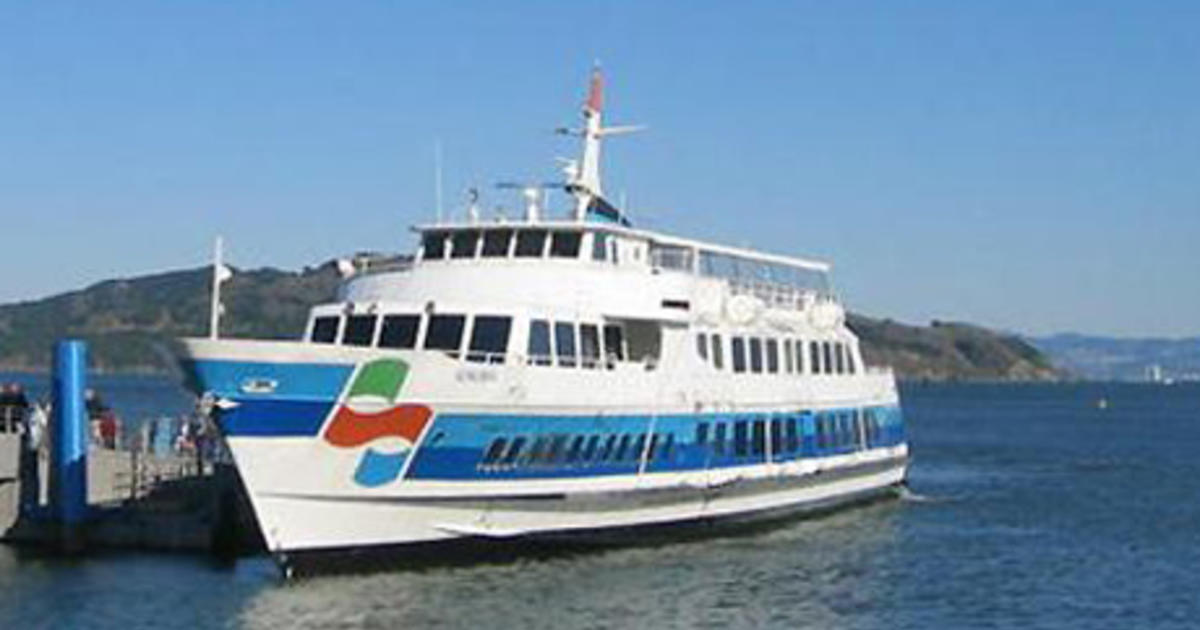California's annual statewide earthquake drill is today. Here's what to know about the Great ShakeOut.
"Drop, cover, and hold on!"
In California, millions of people were told to pause classes, office work and whatever else they happen to be doing at about 10:19 a.m. PT on Thursday to follow those instructions. The exercise — which lasts for one minute — is an earthquake safety drill called the Great ShakeOut that is observed annually on the third Thursday in October and practiced widely throughout the state.
The Great ShakeOut has been held each year in California since its launch in 2008, after a group of experts modeled the potentially catastrophic damages that could occur if a major earthquake were to hit the region and authored a report, "The ShakeOut Scenario," that underscored the importance of educating the public about how to protect themselves when a quake actually happens. Now backed by the Federal Emergency Management Agency, the Great ShakeOut quickly expanded past California.
Drills were being conducted on Thursday across the United States and overseas, with more than 17.5 million people expected to participate in the drill nationwide, according to the Southern California Earthquake Center. Globally, the numbers are much higher: At least 56 million people are registered to participate internationally. In the U.S., anyone conducting and participating in the drill is encouraged to do it at 10:19 a.m. in their local time zone, although the ShakeOut website notes that "you can register your ShakeOut drill for any day of the year, and drill at a time of your choice."
Although experts agree "Drop, Cover, and Hold On" makes sense as an earthquake safety motto for most situations where people are indoors, the Great ShakeOut also aims to educate people about what to do if an earthquake strikes while they are outside or in their cars.
Why does the Great ShakeOut matter?
Emergency management officials say participating in the drill, and raising awareness about earthquake hazards and safety practices, is important even for people living in places that are technically at a low risk of experiencing an earthquake, because one could happen anywhere at any time.
"Over the last few years, there have been major earthquakes in many parts of the world," FEMA wrote in a news statement about the drill. "Whether you're at home, work, school or traveling in an earthquake-prone area, you should know how to protect yourself during an earthquake."
The Great ShakeOut drill holds particular weight in California, since the state is situated on top of a major fault line and is consequently prone to earthquakes, which in the past have been catastrophic and deadly at times. The sprawling San Andreas fault — essentially a rupture in Earth's surface between two tectonic plates — runs parallel to the Pacific Coast across most of California and weaves through densely populated sections like the Bay Area and Los Angeles.
"Most people in the Bay Area live less than 10 miles from a fault that can have a damaging earthquake," reads one message on the Great ShakeOut website. Further south, the fault line is just about 30 miles from downtown Los Angeles.
Movement along the fault — and a number of smaller faults within the San Andreas Fault System — is primarily what drives California earthquakes. The potential for sudden instability along the faults is an ongoing source of concern for people in the state wondering if and when the next major earthquake will strike, and how bad it will be.
California's earthquake history
Luther Strayer, a structural geologist and professor at California State University, East Bay, recently talked to CBS Bay Area about when California's next big earthquake might hit. Strayer has been studying the Hayward fault, another California fault that has caused disastrous earthquakes, for about a decade.
"There will be an earthquake probably in a lot of our lifetimes. I would guess in the next 30 years, everybody who is living in the Bay Area will experience a pretty large earthquake," Strayer said, adding, "The recurrence interval on the Hayward fault is somewhere between 140-170 years, and we're in that range from 1868."
"Predicting earthquakes is as of yet impossible. What we can do is tell you whether or not a fault is likely to go," he said.
The likelihood of a 7.0 major earthquake causing serious damage in the next 30 years is 51% for the San Francisco Bay area and 46% for the Los Angeles area, according to the U.S. Geological Survey.
The Great ShakeOut drill comes amid a week of earthquake activity in California.
Tuesday marked 34 years since the Loma Prieta earthquake, which hit Northern California on Oct. 17, 1989, and is remembered as one of the state's worst and most notorious quakes of the last century. (The other, and perhaps the most infamous, was the San Francisco earthquake, an estimated 7.9 magnitude quake that struck on April 18, 1906, causing fires to break out that lasted for days and leaving thousands dead in its wake.)
Then, on Wednesday, a magnitude 4.1 quake struck less than 50 miles outside of San Francisco's city center, according to the U.S. Geological Survey. No injuries or significant infrastructure damages were reported in connection with it.
MyShake alert test
An emergency alert test message, notifying cell phone users across California, Oregon and Washington about a major earthquake, was also scheduled to go out Thursday in time with the Great ShakeOut drill at 10:19 a.m. PT. The test alert would come via the MyShake mobile application, developed at the University of California at Berkeley's seismology laboratory in coordination with the U.S. Geological Survey.
Some California residents reported that they received the test earlier than expected Thursday morning.
The U.S. Geological Survey acknowledged the error in a social media post and said it was working to determine what happened. CBS News contacted the Berkeley Seismology Lab but did not receive an immediate response.





